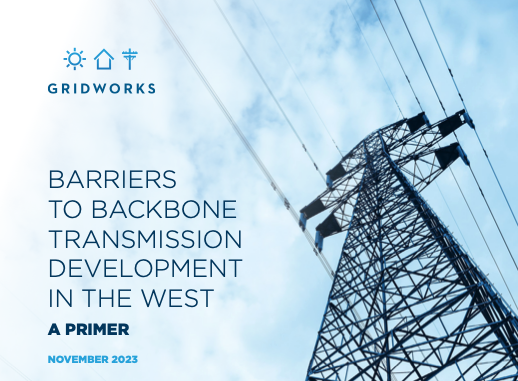
Gridworks’ primer on transmission barriers
In November 2023, Gridworks released a primer on the barriers to backbone transmission development in the West.

In November 2023, Gridworks released a primer on the barriers to backbone transmission development in the West.
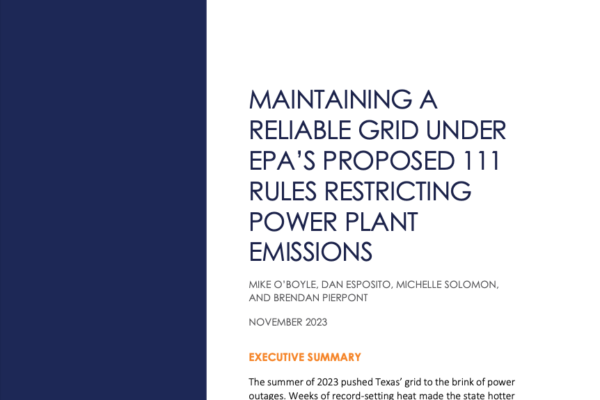
Energy Innovation released a report in November 2023 that details the potential impacts of EPA’s proposed rules restricting greenhouse gas emissions. The report finds that these rules will not hamper the clean energy development that is needed to retire more fossil fuels and meet growing demand. The report includes Energy Innovation’s research as well as information from 6 other reports.
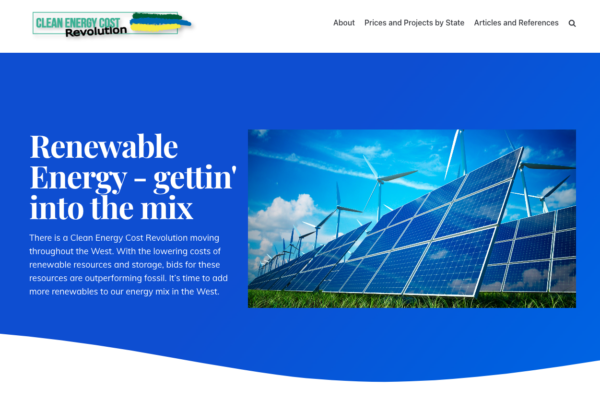
This is a separate website that discusses prices and costs. Last entry 2019. Advocates for clean energy resources have long talked about the social, environmental, and carbon benefits of moving away from fossil fuels. They have worked to convince utilities, regulators, legislators, and other decision makers that such benefits outweigh any additional costs of deploying…
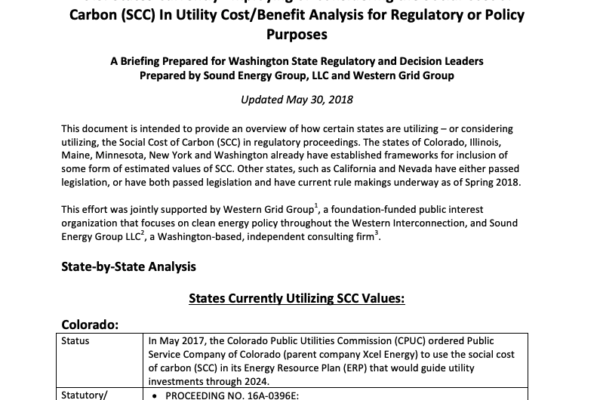
WGG completed and distributed a white paper that profiles several states using Social Cost of Carbon values in utility cost/benefit analysis for regulatory or policy purposes. The document outlines the enactment mechanisms, applications, values, and relevant statutes/rules for each state.
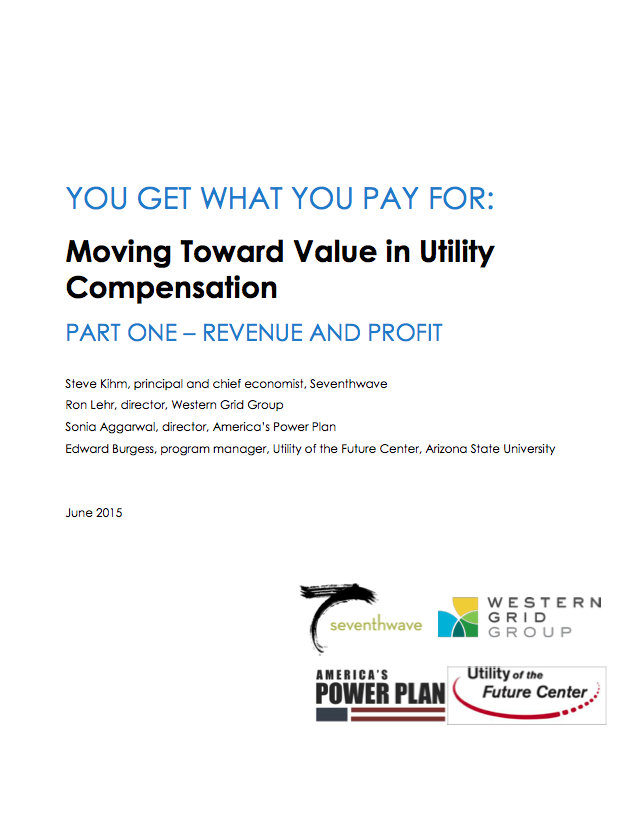
AMERICA’S POWER PLAN: This paper corrects two widely held notions in the regulatory community: that the utility’s rate of return is the sole value driver for utility shareholders and that rates of return are set at the cost of equity. Neither of these perceptions is correct. Instead, the financial “value engine”—the difference between a utility’s return on investment and its cost of capital—drives shareholder returns. The authors argue that regulators should use this value engine to align utilities’ financial motivations with delivering value to customers and society. They can offer utilities opportunities to earn increased revenues when they provide value-based products and services. June 2015
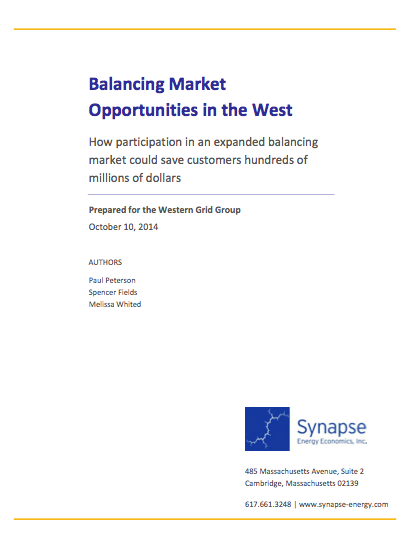
WGG commissioned a report by Synapse Energy Economic, Inc. to estimate the benefits of the newly formed regional Energy Imbalance Market. The report was commissioned to illuminate all benefits – financial savings as well as reliability improvements – resulting from utilities participating in this market platform. The report will be used to encourage utilities and regulators to join the EIM as soon as possible to capture customers savings, reduce the cost of renewable energy integration and improve reliability.

RETI (Renewable Energy Transmission Initiative) identified and ranked Renewable Energy Zones
in California and neighboring regions, using both economic and
environmental criteria, determined the transmission needed,
based on least-regrets transmission planning principles, to access
and deliver target renewable energy, and prepared a statewide
conceptual transmission plan. RETI has been effective in identifying
development priorities and in building stakeholder support
for generation-transmission development for renewable energy.
Its approach is applicable to other jurisdictions considering
large-scale wind power-transmission construction.
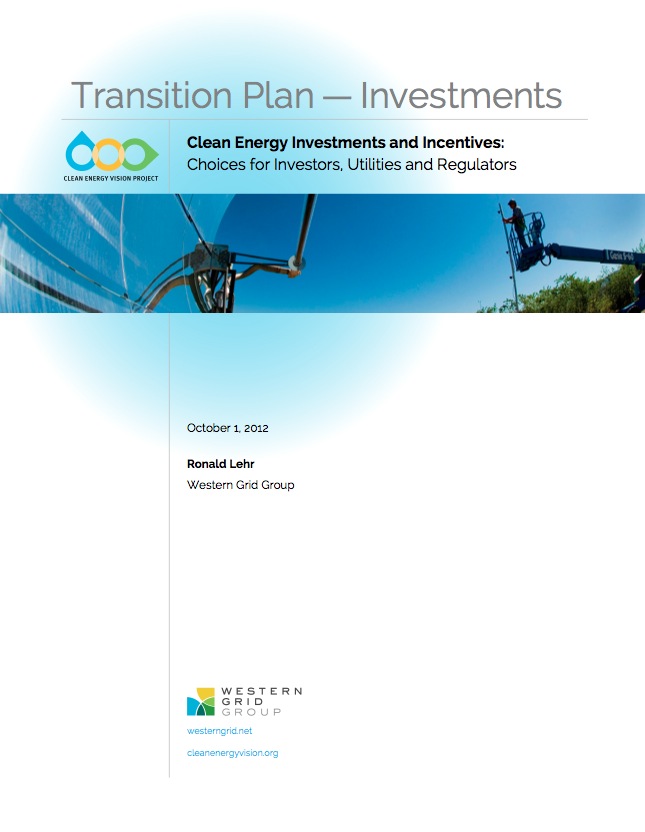
The Clean Energy Vision Project charts a sustained, orderly transition from coal and gas to more jobs, better health and true energy security. These four documents outline what policies and investments are needed as well as the how a modernized grid will operate.
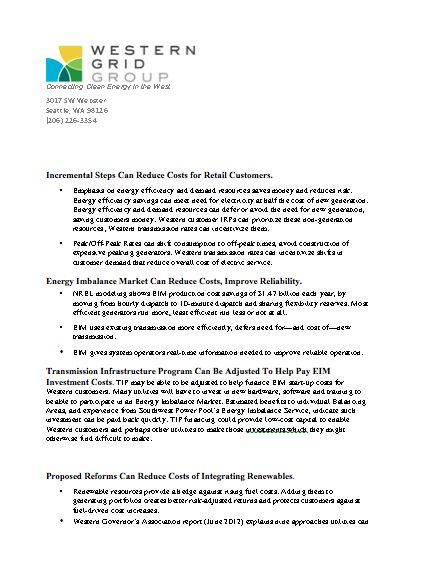
WGG submitted specific recommendations for WAPA reform to the DOE-WAPA Joint Outreach Team & comments presented at the DOE/WAPA Workshop in Folsom, CA on July 26, 2012.
Several groups including the Western Grid Group joined the FERC Project in requesting a rehearing of Federal Energy Regulatory Commission (FERC) Order 764. The document that was filed is linked here.